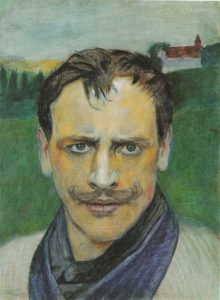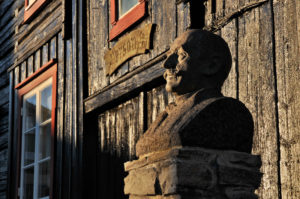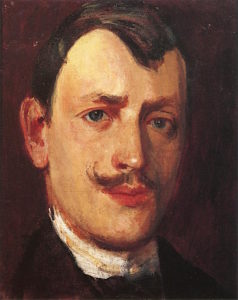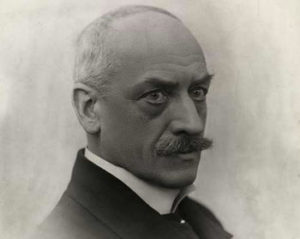
1869 - 1935
Harald Oskar Sohlberg

description
A Norwegian painter and graphic artist, famous for his exquisite symbolism style landscapes. Harald Sohlberg devoted his life to depicting his native land, its nature and cities. The most famous are his views of the small town of Røros and the mountain landscapes of Rondane. Despite the fact that the artist was not a member of any creative associations and kept himself apart from the artistic elite of Norway, he was known and was in demand during his heyday; several of his works became covers for books of famous writers. Lyrical and somewhat mysterious canvases of the Norwegian painter are very popular all over the world. Art lovers call the works of Sohlberg “Landscapes for the Soul”.
Key ideas:
– Paintings of the artist are mostly the images of nature. Sohlberg rarely depicted people, preferring moonlit night landscapes, mountain peaks in snowcaps, the winter streets of a small town and mysterious gardens at dusk. The only exception is self-portraits that Sohlberg created between 1892 and 1895.
– At the beginning of his creative career, Harald Sohlberg preferred dark color palette with predominant green, emerald and gray shades. Later, the artist began to use more and more saturated colors, depicting stunning sunsets over the water surface and mountain meadows.
– The art of the painter is often compared to the art of his more famous compatriot Munch, although his work is much less emotional than Munch’s Expressionism. It is more elegant, distinguished by a subtle sense of harmony and understanding of the very essence of nature.
– Sohlberg’s painting is distinguished by the stunning sense of color. Subtle color combinations and careful elaboration of small details makes the paintings extremely alive, as if glowing from the inside. They have a striking effect on the viewer, especially if you look at the original canvas, not at its reproduction.
1869
1889
1893
1897
1902 - 1905
1905
1911
1914
1918 - 1919
1935
The artist was born
Started learning fine arts by himself

The first exhibition of the artist's works

He became acquainted with the works of Caspar David Friedrich

He went to the Rondane Mountains

He returned with his family to Christiania

Studied several new graphic techniques for himself

"Winter Rondane"

Years of need and obscurity

The artist died

